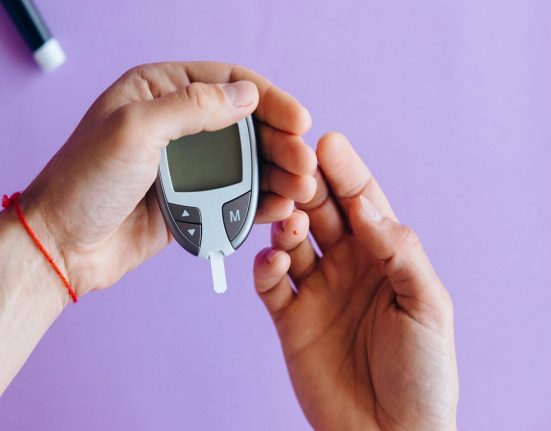Knee pain is a common issue that can affect people of all ages. Whether it’s caused by an injury, arthritis, or overuse, knee pain can make daily activities challenging. Fortunately, there are several effective ways to relieve knee pain at home. With the right approach, you can reduce discomfort and improve your mobility.
Rest and Protect Your Knee
Rest is one of the simplest yet most effective ways to alleviate knee pain. Avoid activities that put strain on your knee, such as running or jumping. Giving your knee time to heal can help reduce inflammation and prevent further injury. Consider using a knee brace or compression sleeve to provide extra support and stability during your recovery.
Apply Ice and Heat
Ice and heat therapy can be very effective in relieving knee pain. Applying an ice pack to the knee for 15-20 minutes several times a day helps reduce swelling and numb the pain. Ice is particularly useful for acute injuries and flare-ups of arthritis. Once the swelling goes down, switching to heat therapy can help relax muscles and improve blood flow to the area. A warm towel or heating pad can be applied for 15-20 minutes to soothe sore muscles.
Try Gentle Exercises
While rest is important, gentle exercises can help strengthen the muscles around the knee and reduce pain in the long term. Low-impact activities like walking, swimming, and cycling are great for building strength without putting too much pressure on the knee. Stretching exercises, such as leg raises and hamstring stretches, can also help improve flexibility and support joint health. Start slowly and listen to your body to avoid overexertion.
Maintain a Healthy Weight
Carrying extra weight can put additional strain on your knees, leading to pain and discomfort. Maintaining a healthy weight can help relieve pressure on the knee joint and reduce pain. Even a small amount of weight loss can make a significant difference. Focus on a balanced diet rich in fruits, vegetables, lean proteins, and whole grains to support your overall health and reduce inflammation.
Use Over-the-Counter Pain Relief
Over-the-counter medications, such as ibuprofen and acetaminophen, can provide temporary relief from knee pain. These medications help reduce inflammation and ease discomfort, making it easier to manage daily activities. Be sure to follow the recommended dosage and consult a healthcare professional if you have any concerns or existing medical conditions.
Massage and Stretching
Massage therapy can be a helpful way to reduce knee pain and improve circulation. Gently massaging the muscles around the knee, such as the quadriceps and hamstrings, can help release tension and promote relaxation. Stretching the muscles that support the knee joint can also alleviate stiffness and improve range of motion. Be gentle and avoid pushing your body beyond its comfort level.
Knee pain can be frustrating, but with the right home remedies, you can manage your symptoms and improve your quality of life. By resting, using ice and heat, exercising gently, and maintaining a healthy lifestyle, you can effectively relieve knee pain and support your knee health. If your pain persists or worsens, it’s important to seek medical advice for a proper diagnosis and treatment plan.






